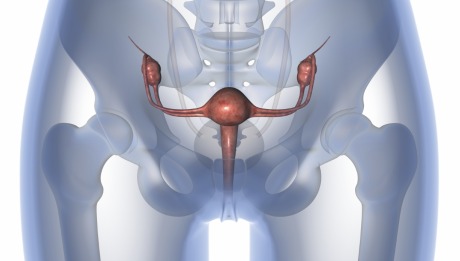Uterine Prolapse: Causes and symptoms
Note as a sort of lump that looms in the vagina is the primary sign of uterine prolapse, a problem that can occur at any time and at any age in both women and young adulthood. What are its causes and symptoms?
What is a prolapse? It’s the first question that needs to be done. In medical terms, prolapse occurs when the muscles of the pelvic organs weaken and fall down to excel. Prolapse may be of uterus, of bladder or rectum. Besides annoying, prolapse can also cause incontinence. We are facing a trouble that can occur at any time in which women, as we will see, we are exposed at different stages of life. Can it be prevented? Yes, and you can try.
Table of Contents
Uterine Prolapse: Causes
The causes of the weakening of the pelvic organs are various. In young women is usually a result of childbirth. Other risk factors are certain physical work – stand for long, efforts repeatedly and even certain movements.
In the stage matures the cause for this weakness in women is about reducing estrogen. This causes loss of elasticity of the tissues, preventing proper subject of the organs, especially in the genital muscles. Not only women who have been mothers are more prone to this ailment, also women who have not had children, as the prolapse can occur for making for a very long time (several years) physical work involving heavy lifting. The muscles of the pelvic area, as women know, should care for and strengthen. The best ally, specific exercise, such as Kegel exercises. It also helps if you are pregnant, the practice of Pilates.
Uterine Prolapse: Symptoms
Not all women have clear symptoms. In fact, in some cases, the prolapse may go unnoticed to a gynecological examination routine. In these cases, treatment is usually not necessary, just enough to start the practice of a number of specific exercises to strengthen the genital muscles and slow the progression of the prolapse.
One of the clearest signs of prolapse is when we touch a small lump that looks over the vulva. Other symptoms that may appear are inconvenience to perform everyday movements, such as walking. If you notice a heavy feeling in the pelvic area can also be a warning sign.
As we have noted, the prolapse can lead couple other associated discomforts, such as urinary incontinence or urine leakage.
Uterine Prolapse: Treatment
The doctor will determine the most appropriate type of treatment. There are several options, from retrieving the pelvic floor physical therapy to surgical intervention. For example, when the uterus is healthy and the woman has decided to have no more children can perform surgery via laparoscopic allowing preserving this organ. In the case of young women who do have children also there is the option of placing a kind of silicone ring to hold the muscles. You can also make vaginal surgery to reattach the organ.
